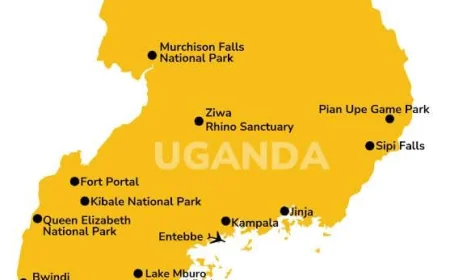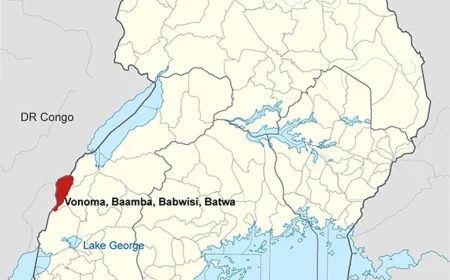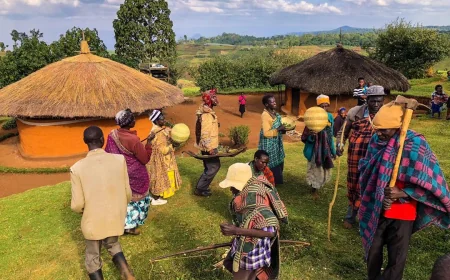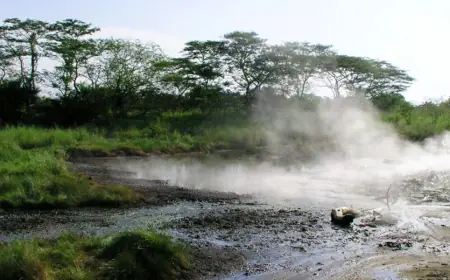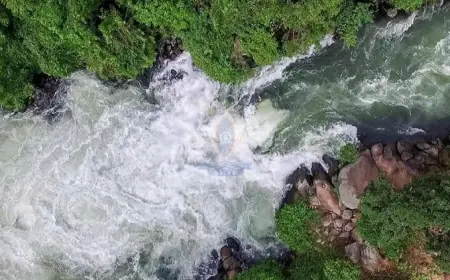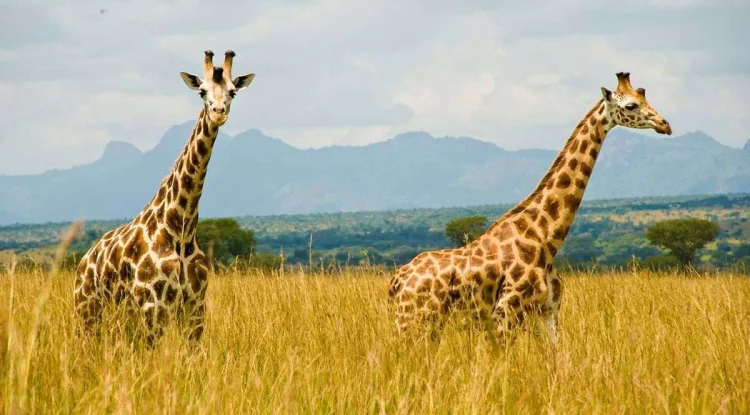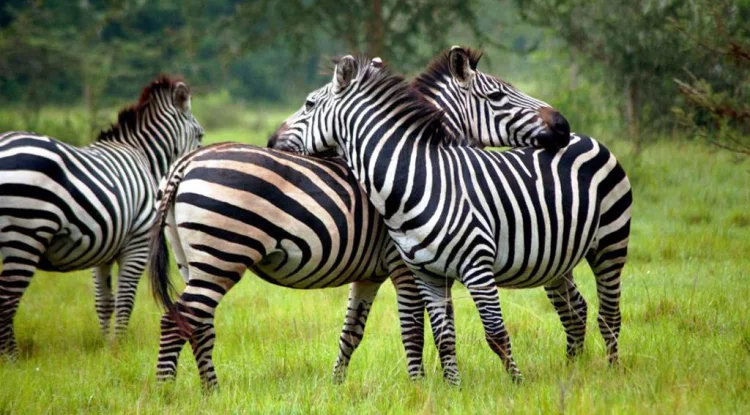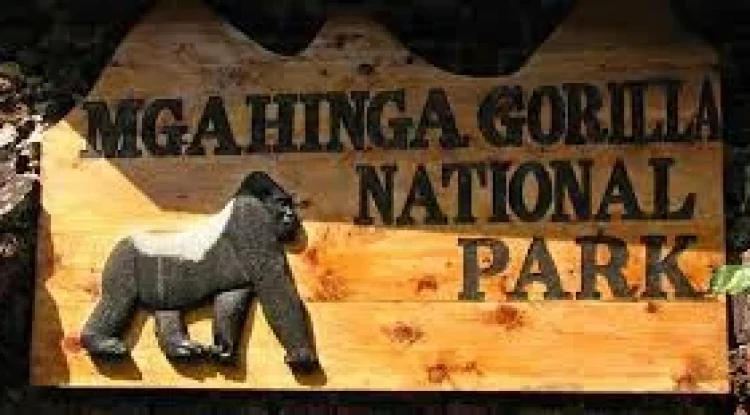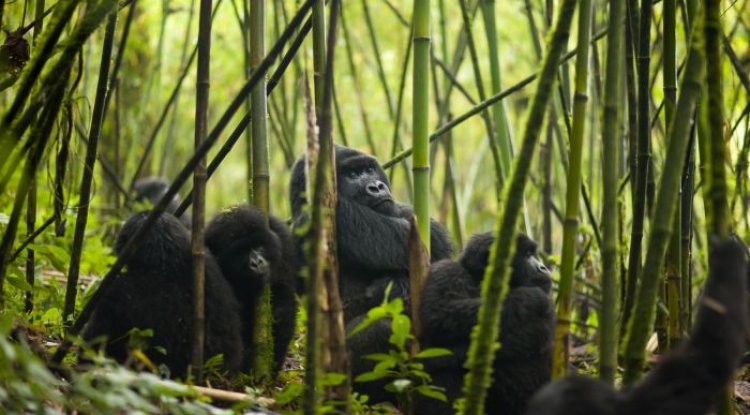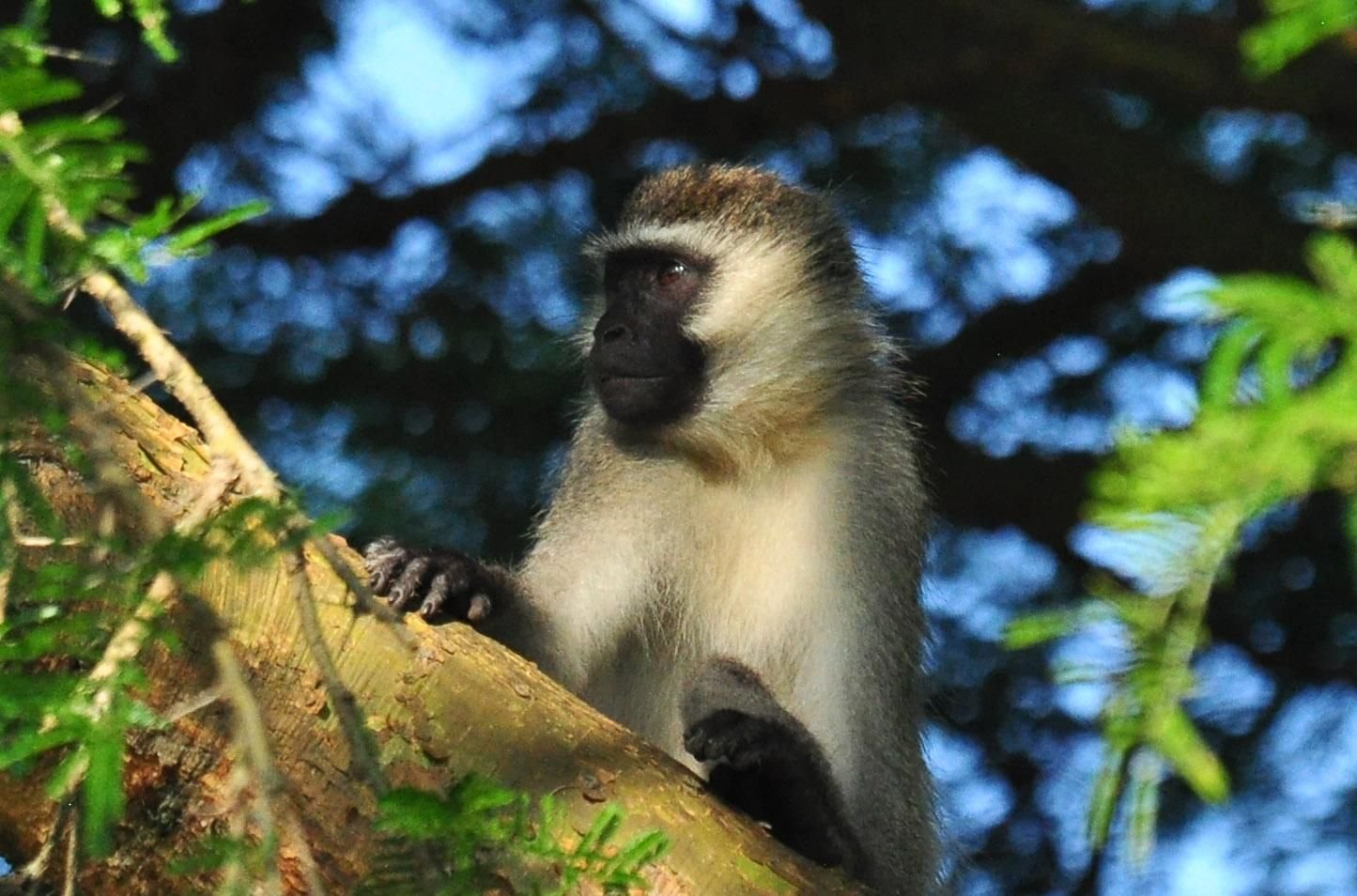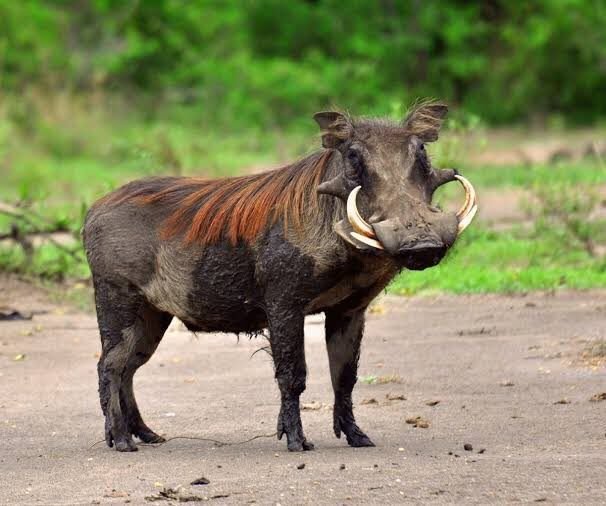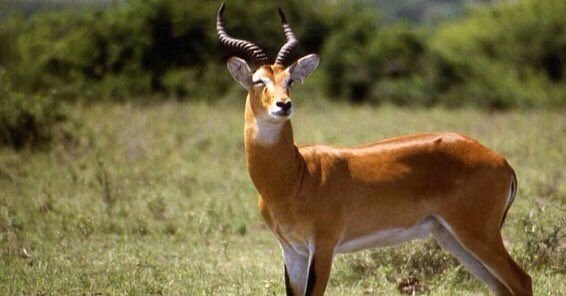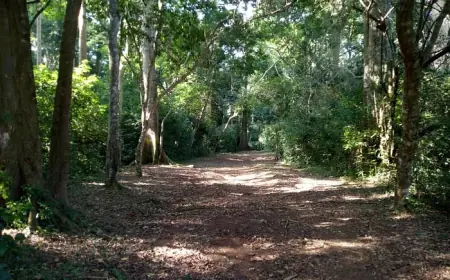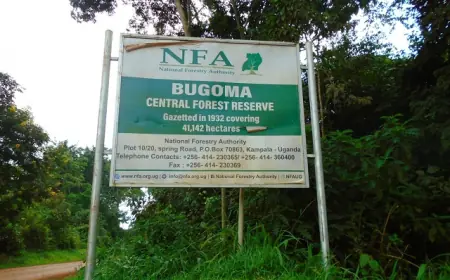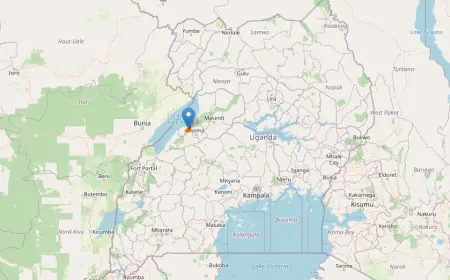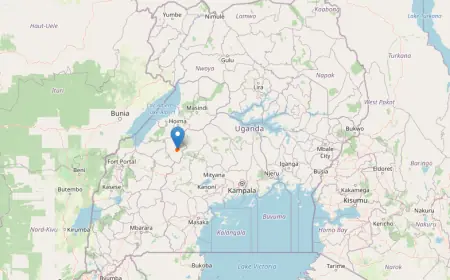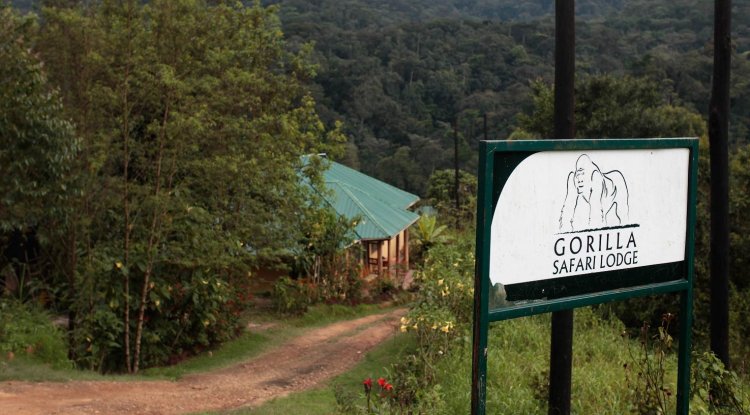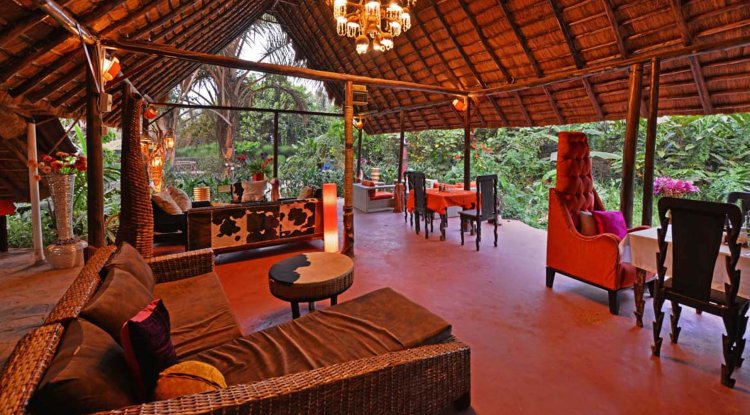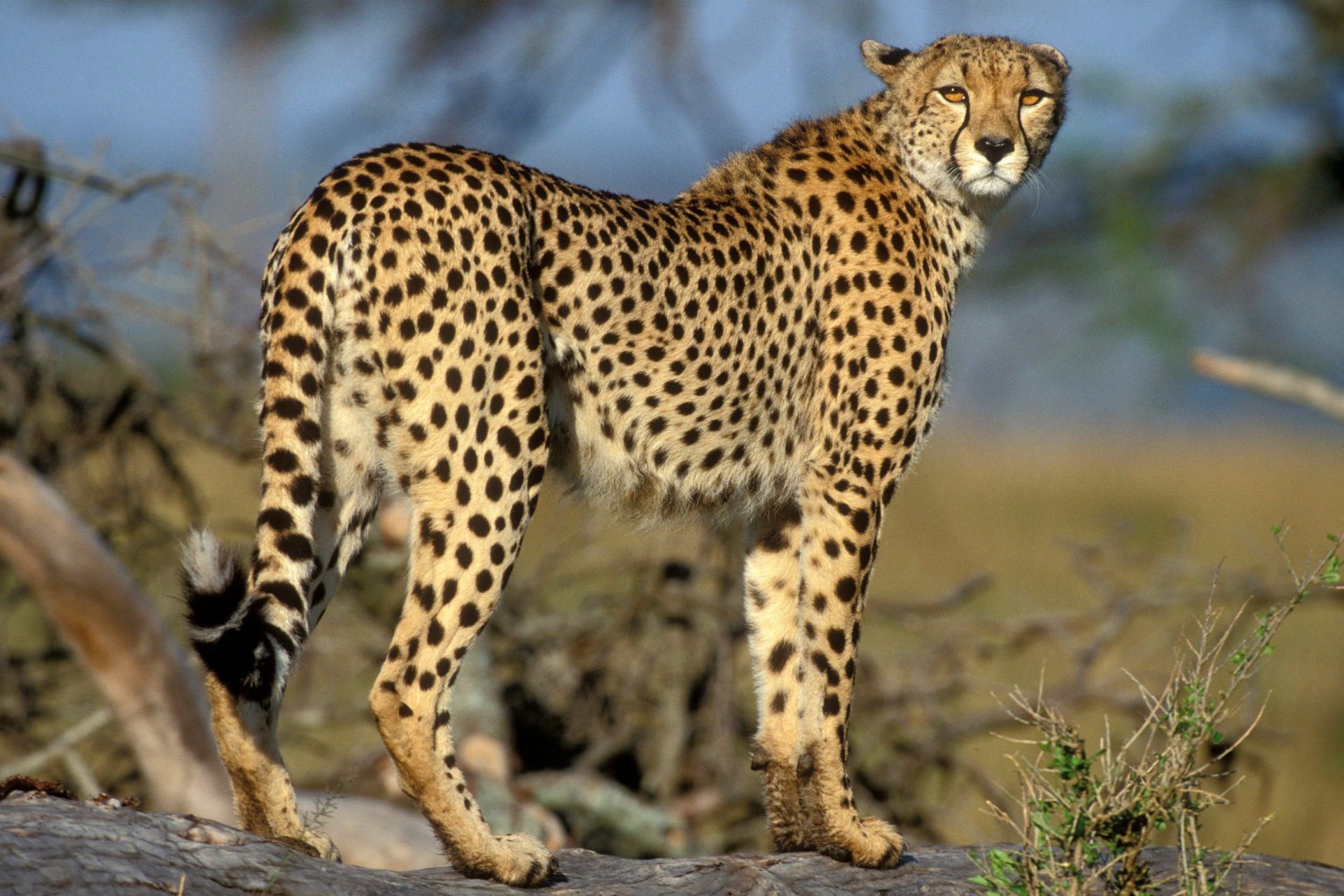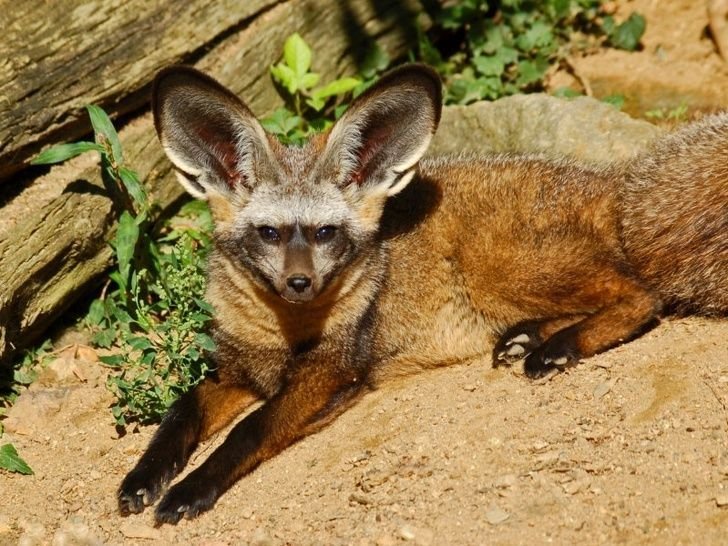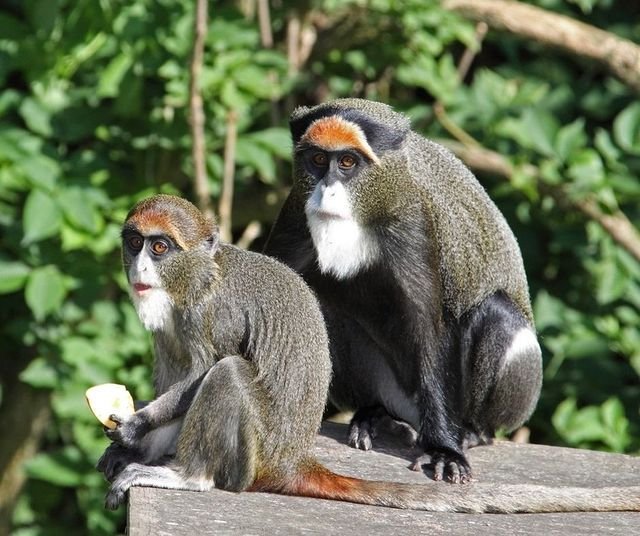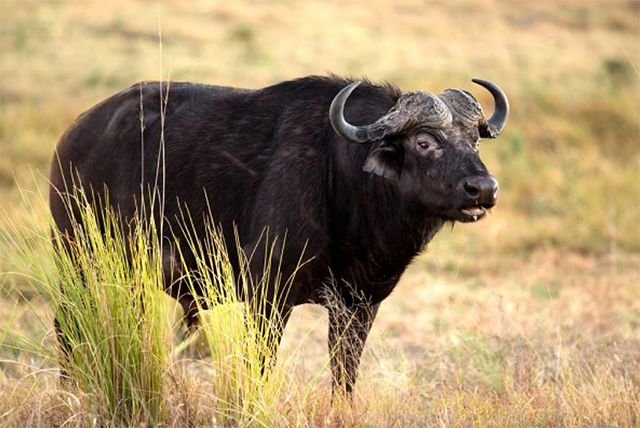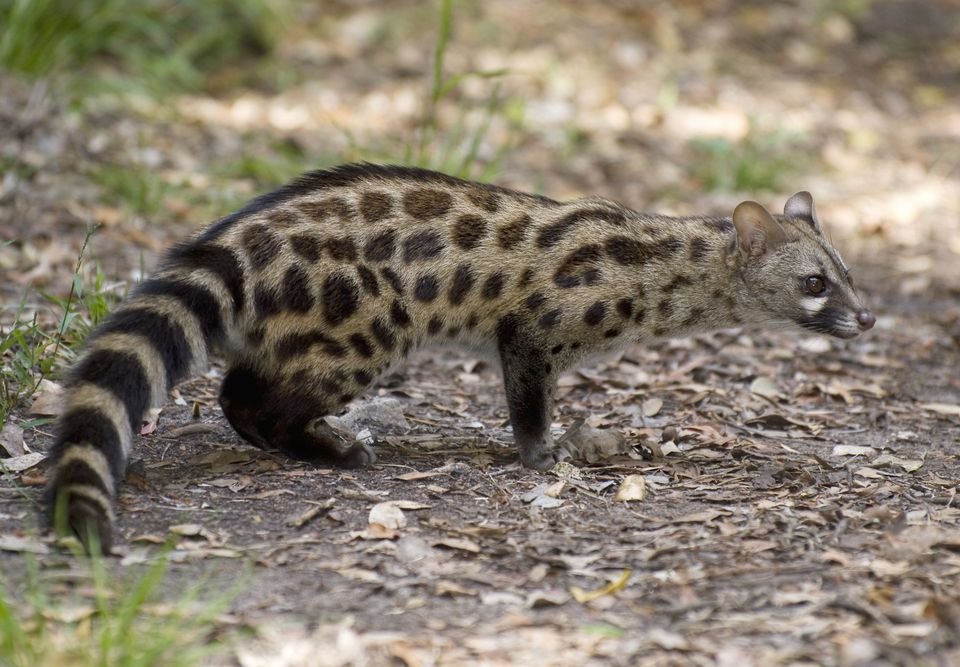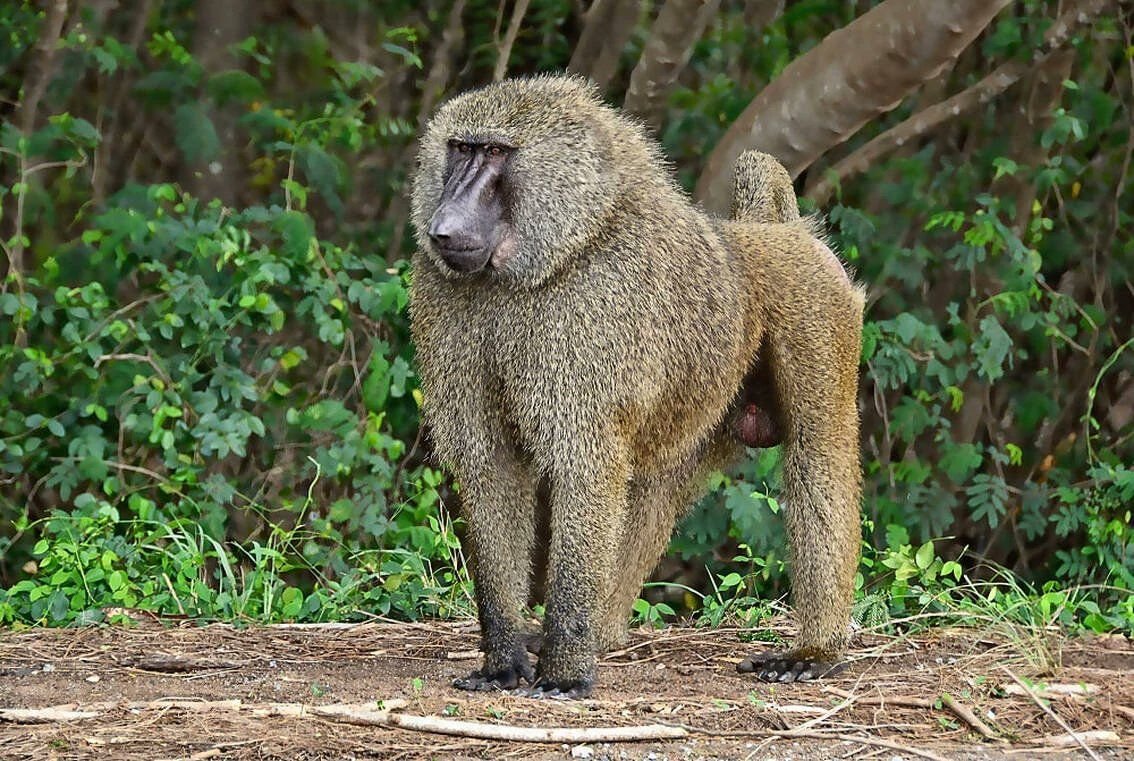Common eland
The second-largest savannah and plains antelope in the world is the common eland (Taurotragus oryx), often known as the southern eland or eland antelope. It can be found in Uganda's Pian Upe Wildlife Reserve, Kidepo Valley, and Lake Mburo National Park.
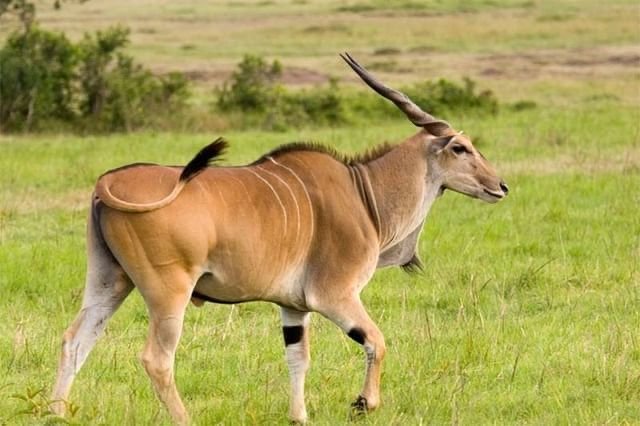
East and Southern Africa are home to the common eland (Taurotragus oryx), commonly referred to as the southern eland or eland antelope. It is a member of the genus Taurotragus and the family Bovidae.
Spiral-horned antelopes are called common elands. Due to their sexual dimorphism, females are smaller than males. The horns of both sexes have a consistent spiral ridge (resembling that of the bushbuck). In new-borns, the horns are only little buds, but they quickly develop over the course of the first seven months.
The coat is smooth except for the coarse mane. Males have darker coats with a bluish-grey hue, while females have a tan coat. On their sides, bulls may also have a row of vertical white stripes.
The common eland is the slowest antelope, with a top speed of 40 km/h (25 mph) before becoming quickly exhausted. They can, however, continuously maintain a trot of 22 kilometres per hour (14 miles per hour). When startled, elands can jump up to 2.5 meters (8 feet 2 inches) from a standing position.
It eats mostly grasses and leaves because it is mostly a herbivore. Despite not being territorial, common elands can establish herds of up to 500 animals. The common eland avoids deep woods and favours habitats with a wide range of flowering plants, including savannah, woodlands, and open and montane grasslands. To communicate and alert others to danger, it makes loud barks, visual and postural gestures, and the flehmen response. The common eland has been domesticated in many places and is used by humans for leather, meat, and milk. Eland milk can last longer without pasteurization and has higher butterfat than cow milk.
Common eland behaviour
Common Elands are crepuscular and itinerant. They eat in the morning and the evening, rest in the shade in the summer, and stay in the sun in the winter. They frequently exist in herds of up to 500 animals, with some individuals staying with the herd for as long as several months. Males often split up into smaller groups or stray off on their own, while females and young calves typically form larger herds. In the rainy season, especially during estrus, groups tend to form more frequently.
Common elands use display behaviours, vocalizations, smell cues, and gestures to communicate. The flehmen reaction also happens, mostly in males in response to touch with female genitalia or urine. When their estrous cycle is in the right place, females will urinate to show that they are fertile. When men harass them, however, they will urinate to show that they are not fertile. Eland males will bark and start to gallop back and forth to try and get the attention of the others if they see any of their predators close by so that the entire herd is aware of the danger. Lions, African wild dogs, cheetahs, and spotted hyenas are a few of their primary predators. Elands that are still growing are more susceptible to predators than adults.
Reproduction in Common Eland
Males reach sexual maturity at 4-5 years, whilst females do so at 15–36 months. After achieving sexual maturity, mating can take place at any time, but it tends to happen more during the rainy season.
Common eland Diet
Herbivores are common elands. They prefer the succulent leaves of flowering plants, which are high in protein, but will also eat forbs, trees, bushes, grasses, seeds, and tubers if they are available. By raising body temperature, the Eland can conserve water. Themeda and Setaria grasses as well as fruits from Securinega and Strychnos are consumed by eland. In dry seasons, large antelope may get by on a lower-quality diet. In warmer temperatures, elands feed at night and spend a lot of time sleeping during the day.
Although they will drink water when it is available, they get the majority of their water from their diet.
Where in Uganda can you view common Eland?
The Kidepo Valley, Pian Upe Wildlife Reserve, and Lake Mburo National Park are all places in Uganda where you can find the common Eland.
What's Your Reaction?
 Like
0
Like
0
 Dislike
0
Dislike
0
 Love
0
Love
0
 Funny
0
Funny
0
 Angry
0
Angry
0
 Sad
0
Sad
0
 Wow
0
Wow
0
